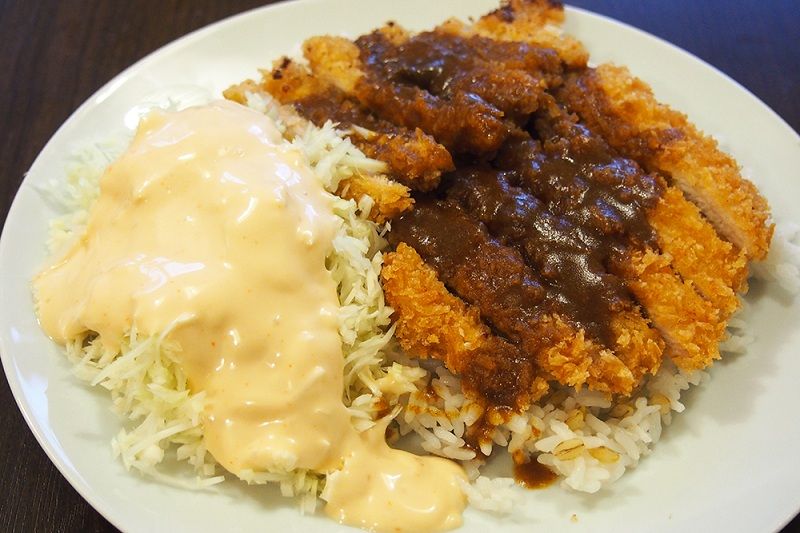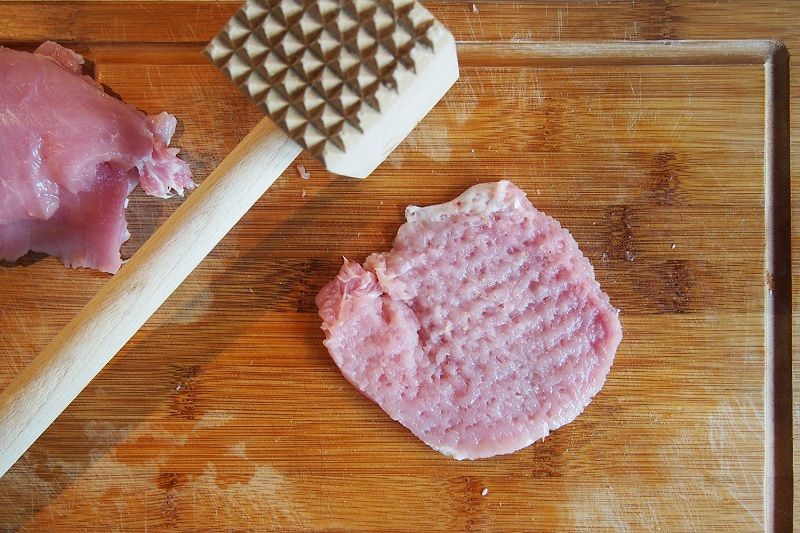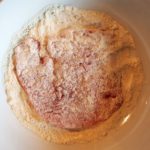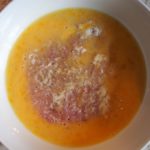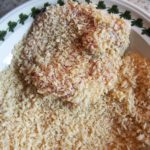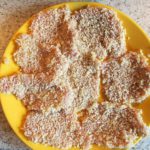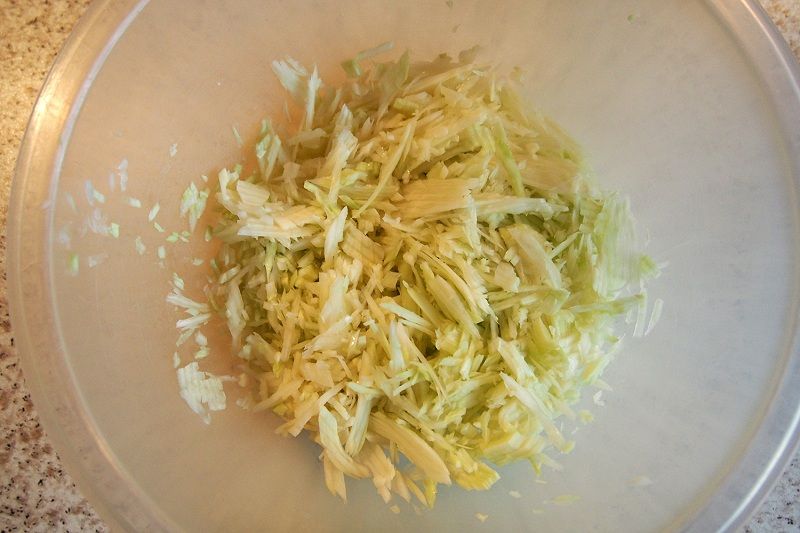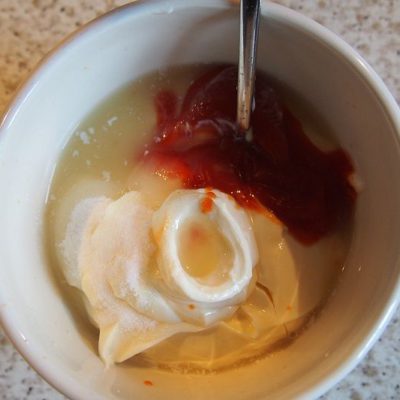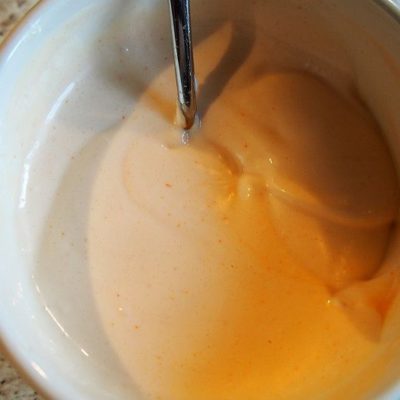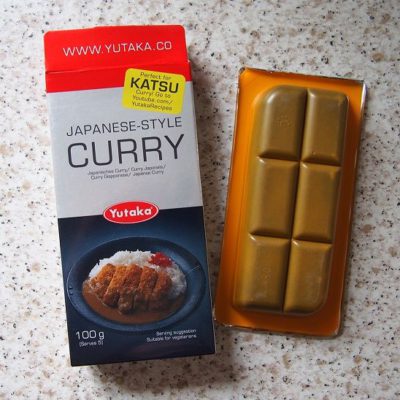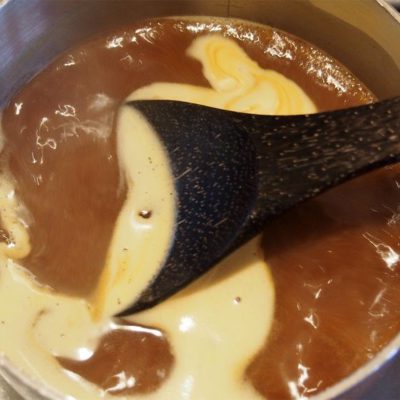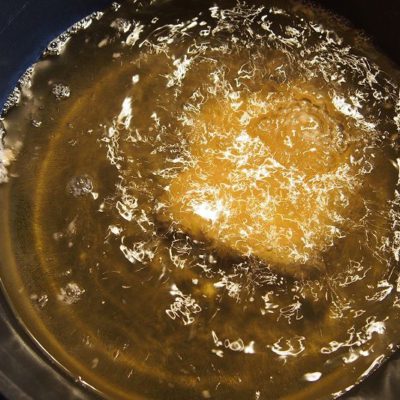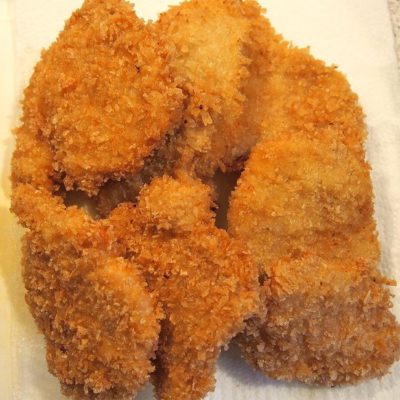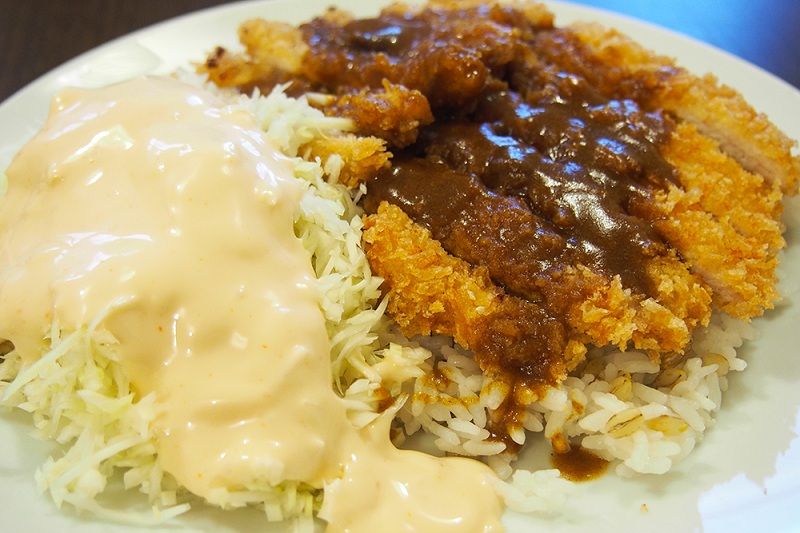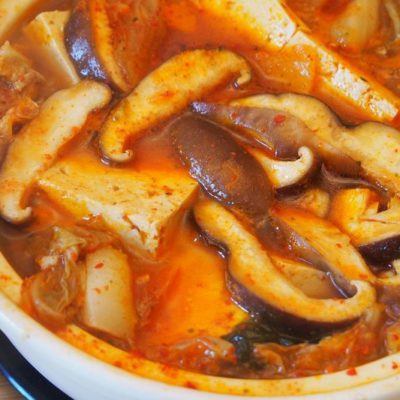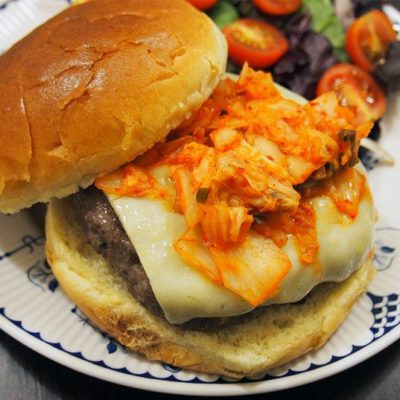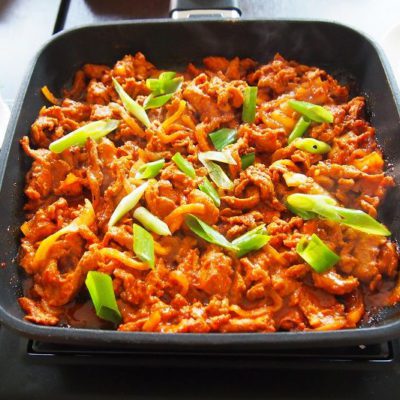Ingredients
-
4 Pork Loin
-
1 Tsp Black Pepper
-
1 Tsp Salt
-
4 Egg
-
125g Plain Flour
-
200g Panko Breadcrumbs
-
2L Vegetable Oil
-
4 portions of cooked Short Grain Rice
-
FOR THE CABBAGE SALAD
-
1/2 White Cabbage
-
250g Mayonnaise
-
1 Tbsp Ketchup
-
1 Tbsp Honey
-
2 Tbsp Lemon Juice
-
FOR THE SAUCE
-
600ml Katsu Curry Sauce
Directions
Donkkaseu (돈까스) is a breaded, thin, pork cutlet that is fried and served with rice, topped with a curry style sauce and a cabbage side salad. The word donkkaseu in Korean is a transliteration of the Japanese word Tonkatsu (とんかつ) which is Japan’s version of the European schnitzel.
In this version of the recipe I use a Japanese katsu curry style sauce as this is generally easy to find. This does make the dish more like the Japanese version and there are more Koreanised versions of the sauce that can be made but the ingredients used in these can be harder to find here in the UK. Eitherway, this is a super tasty meal that can be enjoyed by anyone (who eats meat!).
I can remember quite clearly the first time I ate donkkaseu in Korea. There was (I’m not sure if it still exists) a popular restaurant near Ajou university in Suwon that my wife said did the best donkkaseu. And although it was generally quite expensive it was always full of students, which, proves just how good the food was!
The whole dish can be made in as little as 35 minutes, which is a perfect timing for a mid-week treat.
As with all ingredients within my recipes, if you’re not sure what something is – or where you can find it – just click on its name in the ingredient list on the left to find out more!
Translation
| Korean | English |
| 돈 (don) | From the Chinese character for pork |
| 까스 (kkaseu) | Transliteration of the Japanese word katsu, meaning cutlet. |
Steps
|
1
Done
|
Slice each pork loin horizontally in half to create two thin pieces (known as butterfly cut). |
|
2
Done
|
|
|
3
Done
|
|
|
4
Done
|
Arrange 3 shallow bowls and put the following into each bowl: 1st bowl: The plain flour |
|
5
Done
|
|
|
6
Done
|
|
|
7
Done
|
|
|
8
Done
|
|
|
9
Done
|
|
|
10
Done
|
|
|
11
Done
|

